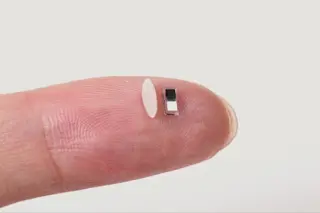8 Ways to Restore Eyesight to the Blind
Tiny telescopes, gene therapy, and more: Medical researchers are developing high-tech ways to treat blindness.
More on Discover
Stay Curious
SubscribeTo The Magazine
Save up to 40% off the cover price when you subscribe to Discover magazine.
Subscribe












